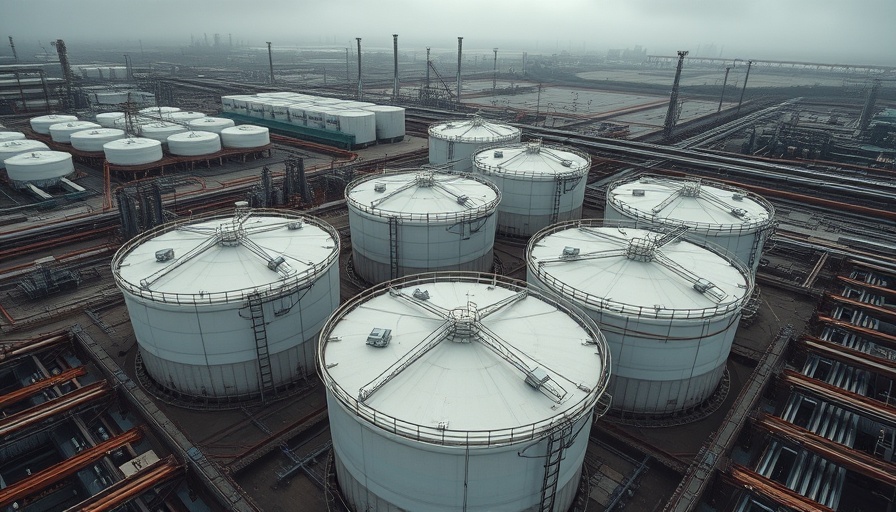
The Recent Surge in U.S. Crude Oil Inventories and Its Impact
The U.S. has recently reported a significant increase in crude oil inventories, reaching levels that analysts had not anticipated. This unexpected build-up reflects both the current state of the oil market and broader economic trends. For consumers, businesses, and investors alike, understanding the implications of this inventory increase is essential.
Understanding the Inventory Spike
A recent report from the U.S. Energy Information Administration (EIA) revealed that U.S. crude oil inventories surged by nearly 10 million barrels, a number that has raised eyebrows among market analysts. This growth in inventory is attributed to a combination of factors: a decline in demand for oil due to economic uncertainties, coupled with increased production rates. For consumers, this may imply more stable prices at the pump, but it also raises questions about future demand trends.
Historical Context and Economic Implications
Such levels of crude oil inventories are reminiscent of previous economic slowdowns, where oversupply coupled with waning demand created a challenging environment for oil producers. Historically, high inventory levels have led to a decrease in oil prices, affecting not just producers but also the broader economy. Understanding these historical patterns helps to frame current market conditions and predict future outcomes, allowing stakeholders to make informed decisions.
Consumer Perspective: What This Means for You
For everyday consumers, an increase in inventory could lead to lower gas prices in the short term; however, the long-term outlook depends on how global oil demand evolves. The uncertainty surrounding economic growth, influenced by factors such as inflation or geopolitical tensions, can drastically affect how quickly these inventories are drawn down. As consumers, being aware of these dynamics enables one to make informed choices regarding energy consumption and budgeting.
Global Market Trends Influencing U.S. Oil Inventories
While U.S. inventories rise, it’s crucial to examine how global demand plays into this scenario. Major oil-producing countries, particularly those in OPEC, continually influence market prices through their production levels. With ongoing tensions and policy decisions affecting production practices globally, staying abreast of these developments offers key insights into potential future price movements in the U.S. oil market.
Future Predictions: Insights and Trends to Watch For
As crude oil inventories remain elevated, several trends are worth monitoring. Analysts predict that if demand continues to dip, we could see further inventory builds, pushing prices down even further. Conversely, if economic conditions stabilize and demand surges, those inventories might quickly deplete. Stakeholders should keep an eye on indicators like unemployment rates, manufacturing activity, and international relations, as these factors will significantly shape the future of the oil market.
Counterarguments: The Case for Optimism
Despite the challenges posed by high inventory levels, some argue there is room for optimism. The transition to renewable energy sources is gaining momentum, suggesting a potential shift in consumption patterns. Innovations in energy efficiency may also mitigate some of the demand pressures faced by oil providers. This perspective emphasizes that while current conditions appear bleak for oil producers, they also create opportunities for growth and adaptation within the industry.
Making Informed Decisions in a Changing Landscape
For investors and consumers alike, navigating the complexities of the oil market in light of high inventory levels calls for adaptive strategies. Educating oneself about the intricacies of market trends, energy policies, and consumer behavior can foster better decision-making processes. Furthermore, employing best practices for budgeting regarding fuel consumption can also help mitigate impacts of fluctuating oil prices.
Conclusion: Navigating the Oil Inventory Landscape
As the landscape of oil inventories continues to evolve, staying informed about market factors and their implications is essential. The current surge in U.S. crude oil inventories offers a lens through which one can view broader economic trends. By understanding these dynamics, consumers and investors can better position themselves for what lies ahead in this ever-changing market.
 Add Row
Add Row 
 Add
Add 


 Add Row
Add Row 
 Add
Add
Write A Comment